PLU’s new anatomy and physiology lab is the first in a series of science upgrades
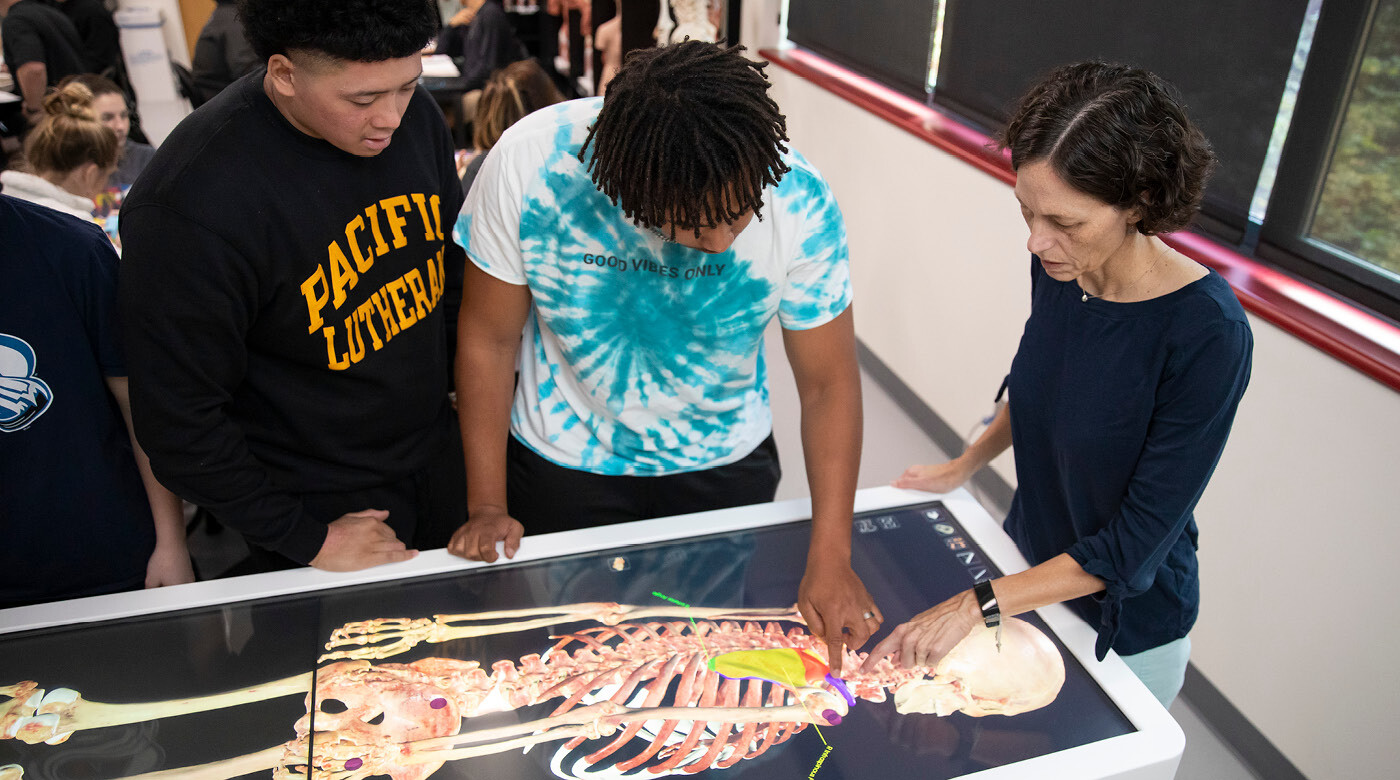
Image: Image: Located in the Rieke Science Center, PLU’s anatomy and physiology lab is among the most widely used learning spaces on campus. (Photos by Sy Bean, Video by Josh Wiersma ’18.)
By Zach Powers '10
PLU Marketing & Communications
When PLU science students returned to campus in fall 2022 they were in for a surprise. The previously outdated anatomy and physiology lab in the Rieke Science Center had been transformed into a cutting-edge learning facility, complete with best-of-its-kind educational technology, thanks to contributions from PLU donors and a matching grant from Pierce County.
“The new lab space is an amazing place for students to learn and collaborate effectively, which is essential in classes like Anatomy and Physiology,” says nursing major Dillon Benacerraf-Gajda ’24, who is also a student employee working in the lab. “The improvements have opened up endless opportunities for different ways of learning and interacting with the material.”
What’s new in the A&P lab?
The anatomy and physiology lab, known on campus as the A&P lab, is widely utilized by students. In addition to supporting anatomy and physiology classes that meet general science requirements, it is frequently used by students in the biology, nursing and kinesiology programs.
Ann Auman, PLU’s Dean of Natural Sciences, says that the lab was a space that had long been a priority for renovation, and in 2021, an anonymous lead gift moved renovations to the lab and other spaces in the Rieke Science Center to the front of the line for capital project improvements at PLU.
“Teaching and learning practices have changed since the A&P lab was originally designed,” says Auman. “The upgrades we’re making within Rieke will not only provide better technology and collaborative distance-learning opportunities, they will also support more inclusive teaching practices and enhance learning outcomes for students.”
In addition to being outfitted with new functionality and materials, the A&P lab now also has a virtual dissection table, educational technology being used by some of the world’s leading educational institutions.
“The table allows students to explore in ways that aren’t possible with physical cadavers or models,” says biology professor Jeremy Reimers. “They’re also able to interact with more diverse scenarios – bodies of individuals of different sexes and races, for instance.”
“You can zoom in and out on different body systems,” adds Auman. “You can turn the virtual body and rotate your perspective to gain additional insights. And what appears on the table can also be projected on all the new screens around the room.”
The new virtual dissection table together with other technology upgrades in the lab ensures students and faculty can also engage with teaching and learning in virtual and hybrid ways, opening up opportunities to collaborate with students, faculty and researchers at other institutions across the nation and world.
This type of 21st-century lab technology and learning experience is increasingly important for students, according to faculty members and professionals in the field. “Technology is transforming the way scientific research and healthcare are delivered and received,” says Curt Malloy ’88, who is the Chief Operating Officer at Cancer Research And Biostatistics. “Experience with these types of interdisciplinary learning environments and technologies are one of the key things recruiters look for when hiring candidates into the scientific research field.”
What’s next in science education upgrades?
The new A&P lab is the first in a series of $10.9 million in planned upgrades to spaces and technology designed to enhance science and health sciences student education at PLU.
Phases two and three of the upgrades will include the conversion of the Leraas Lecture Hall into three modular classrooms, the addition of a new exam room in the Nursing Clinical Learning and Simulation Center, and the second floor Open Lab, used for both chemistry and physics lab instruction, in the Rieke Science Center.
“These renovations will have a significant impact on learning and research,” says Auman. “They will allow for more mobility and interaction between students and faculty, as well as more hands-on learning for students that will set them up for being better prepared for their careers in science and healthcare.”
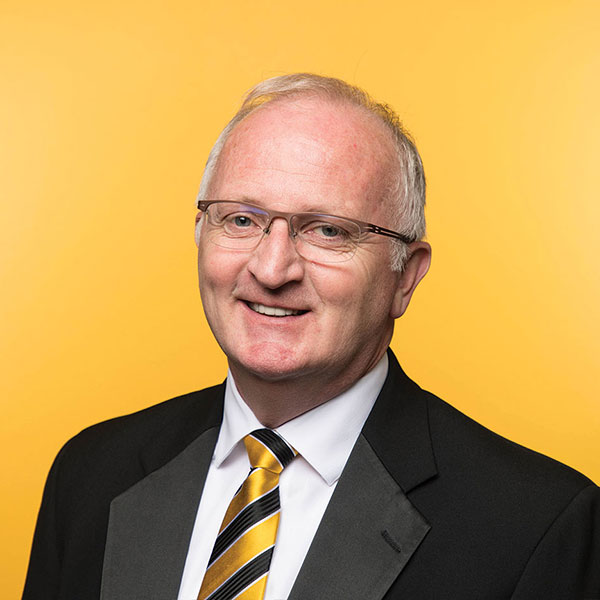
MEETING CAMPUS – AND COMMUNITY – NEEDS
“The upgrades we’re planning for the sciences will help PLU students better serve the world’s needs at a time when healthcare and the natural world are in crisis. This is the right thing to do for our students, and also the right thing to do to invest in the well-being of others and the earth. These renovations will better equip pre-health science students with the knowledge and skills they need to transition into graduate programs. We’re grateful for Pierce County’s investment and partnership to help create a larger pipeline of qualified candidates who are already connected to and understand the health needs of our community. This work also builds on the successful opening of PLU’s new Nursing Clinical Learning and Simulation Center in 2020, and it’s part of our ongoing responsibility as an anchor institution in Pierce County.”
-Allan Belton, PLU President
To date, approximately $4 million has been raised toward the project cost, including a $2 million anonymous lead gift for the Open Lab and a $1.25 million matching grant from Pierce County in recognition of PLU’s demonstrated excellence in preparing healthcare professionals to serve the unique health needs of the region and as part of the solution to addressing Pierce County’s shortage of healthcare providers.
Pending donor and community investments, the upgrades are slated to be completed by the 2024-2025 academic year. “We’re off to a great start with the A&P lab,” Auman says. “Continued community investment and support will take us to the next level in science and health science education at PLU so that we can best fulfill our mission.”
If you would like to learn more about these projects and how you can support the success of the health sciences at PLU in service of others, please contact advancement@plu.edu.
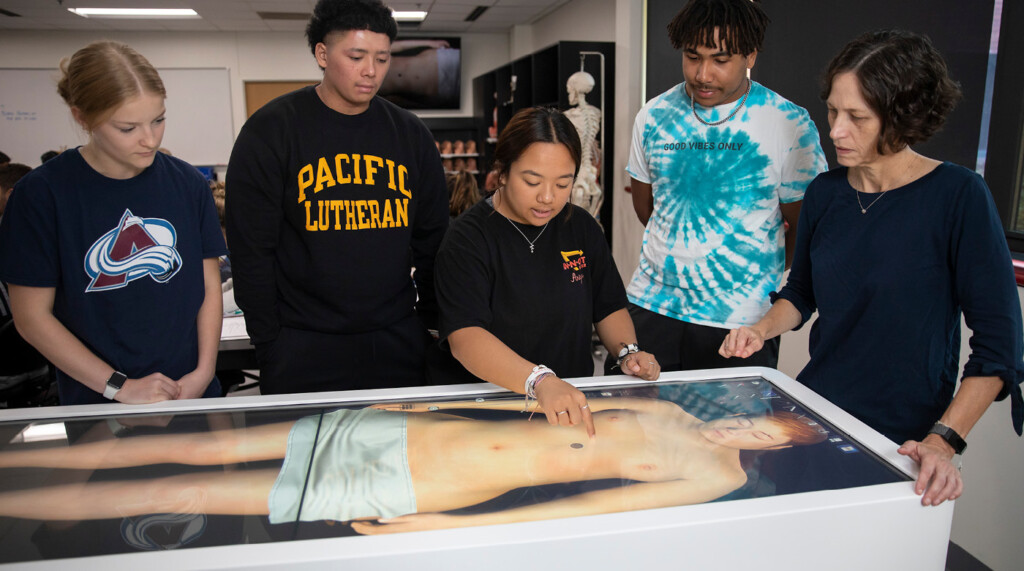
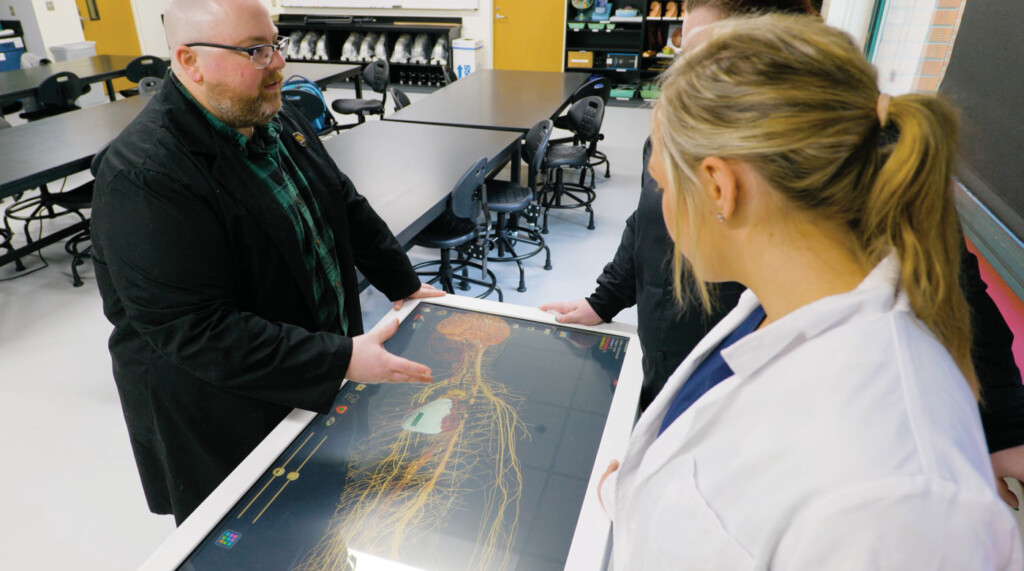
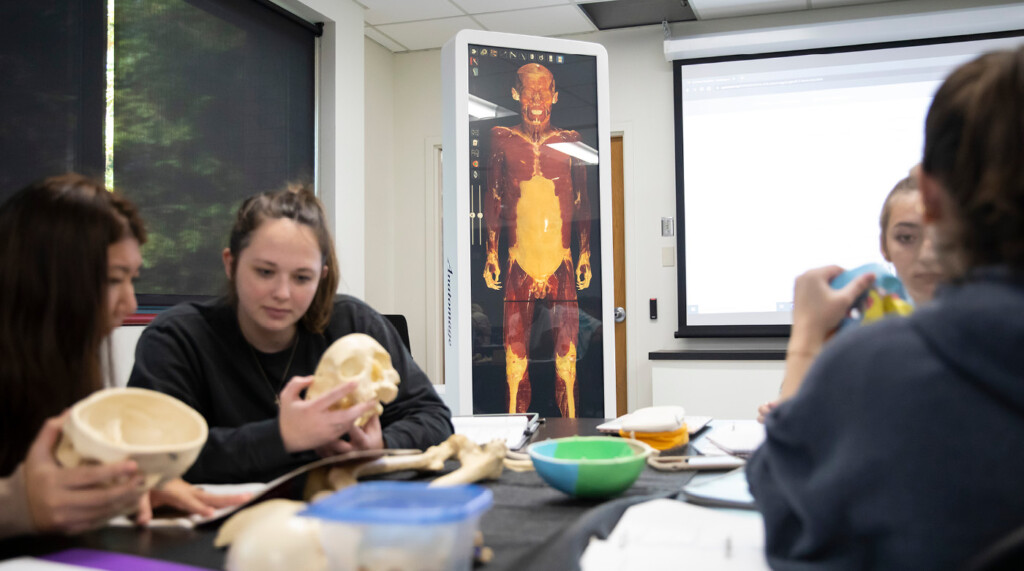



Social Media